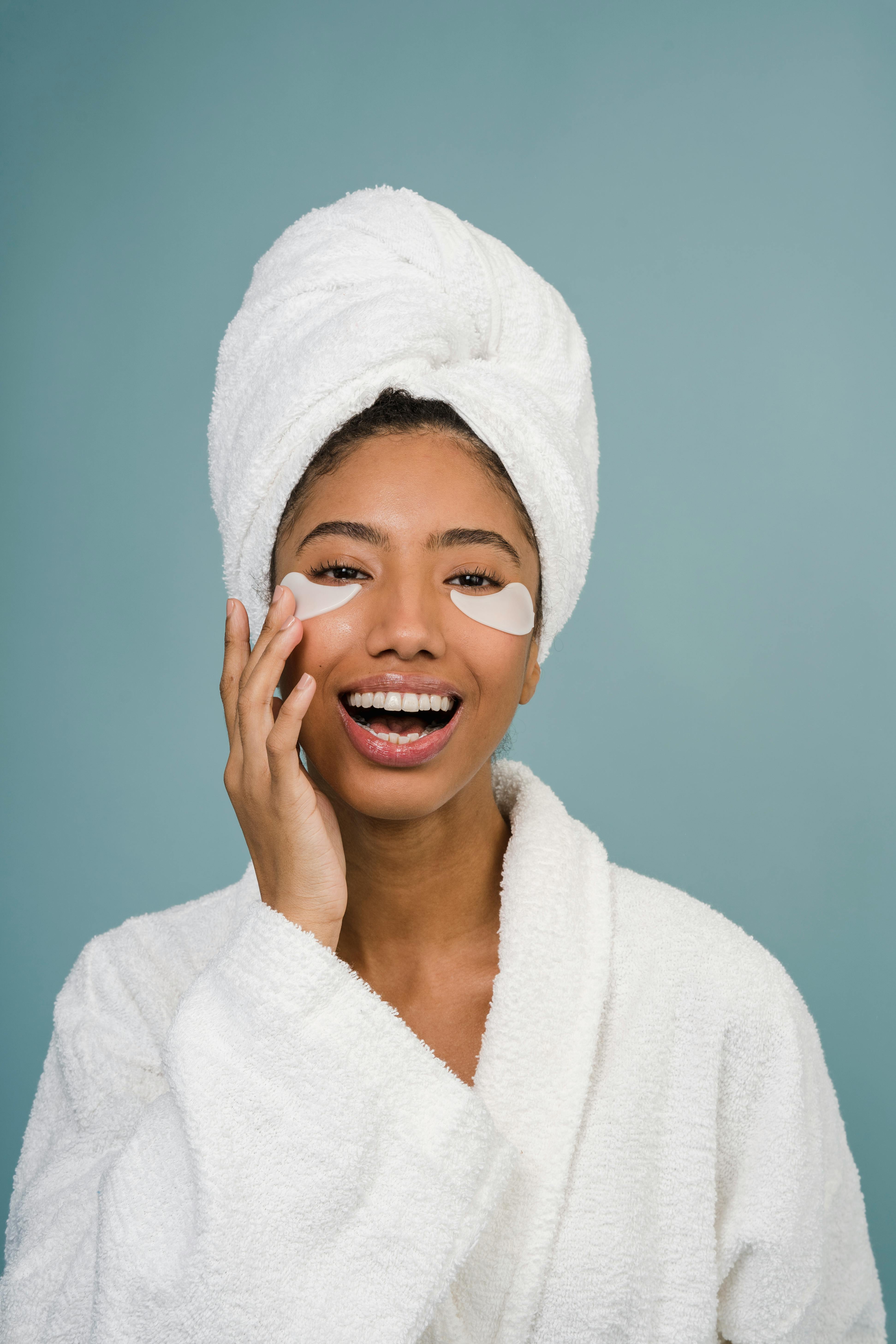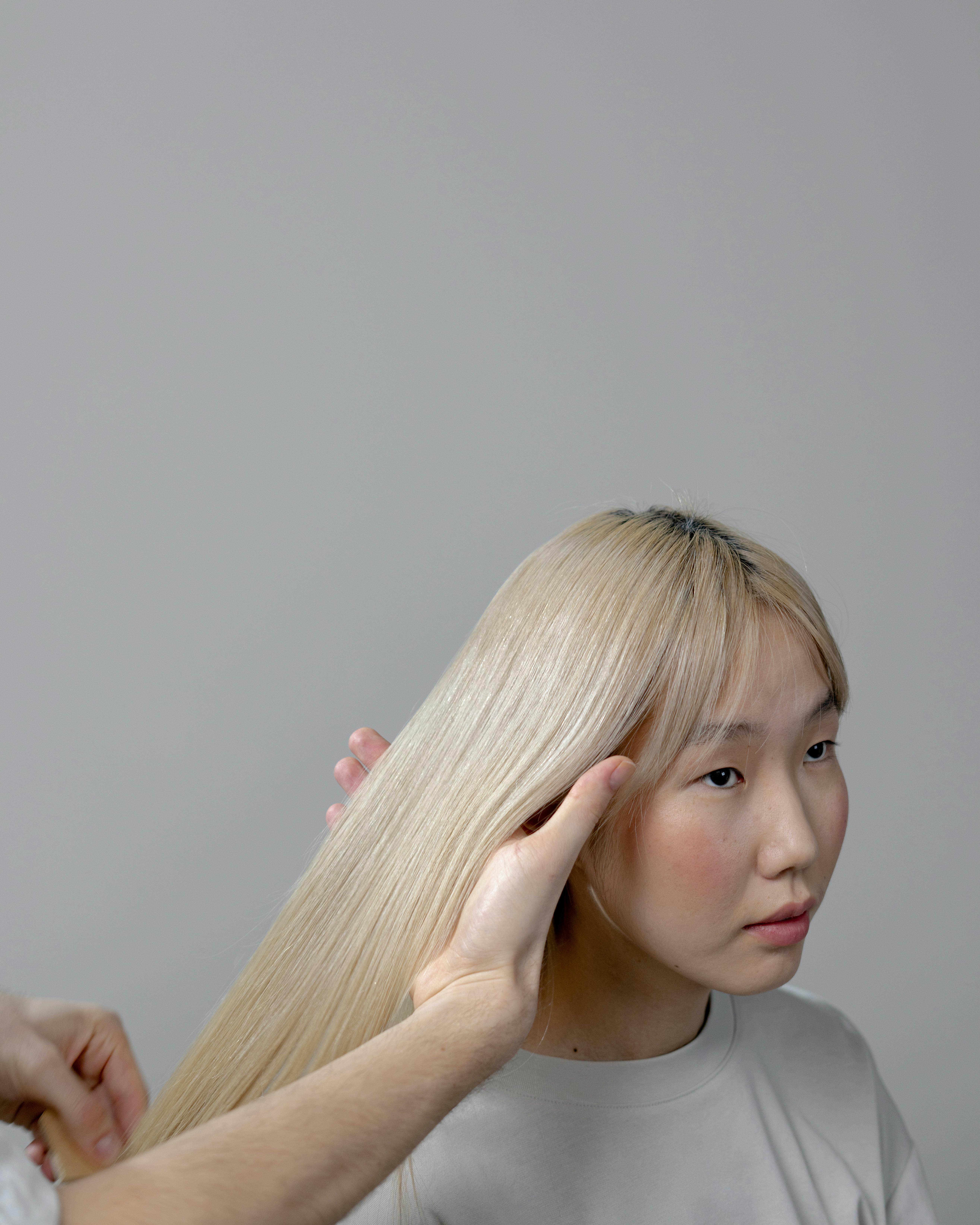Eye Bags: Understanding Causes and Exploring Treatment Options
We have all experienced them at some point. Those puffy, swollen areas under the eyes that can make us look tired and older than we are - eye bags. They are a common concern for many people, as they can affect one's appearance and self-esteem. Despite their prevalence, few people understand the reasons behind their development and the various treatment options available. This article aims to shed light on the causes and solutions for this prevalent issue, offering insights into the latest trends, historical context, and current relevance of eye bag treatments.

Delving into the Origins: The Historical Context of Eye Bags
Eye bags, though a common phenomenon today, have not always been a recognized condition. In ancient times, signs of aging, including eye bags, were viewed as symbols of wisdom and experience. It wasn’t until the late 19th and early 20th centuries, with the rise of photography and the beauty industry, that people began to see eye bags as an issue to be addressed. The fear of looking old or tired led to the development of various creams, lotions, and surgical procedures designed to reduce the appearance of eye bags.
Unveiling the Causes: Why Do We Get Eye Bags?
There are several reasons why eye bags form. The most common cause is aging. As we grow older, the tissues and muscles supporting our eyelids weaken, causing the skin to sag and fat that is normally confined to the area around the eye to move into the lower eyelids, resulting in a puffy appearance.
Other factors include fluid retention due to high salt intake, allergies, or changes in weather, lack of sleep, smoking, and heredity. Certain medical conditions like thyroid disease and kidney problems can also contribute to the formation of eye bags.
The Current Relevance: Impact of Lifestyle and Environment
In today’s fast-paced world, stress and lack of sleep are more common than ever, exacerbating the problem of eye bags. Moreover, the widespread use of digital screens can strain the eyes, leading to puffiness and swelling. Environmental factors such as pollution and sun exposure can also accelerate skin aging, making eye bags more prominent.
Evaluating Solutions: Treatments for Eye Bags
There are various treatments available for eye bags, ranging from home remedies to surgical procedures. Home remedies include cold compresses, eye massages, and certain lifestyle changes like reducing salt intake, getting enough sleep, and quitting smoking. Over-the-counter creams and gels can also help by tightening the skin and reducing puffiness.
For more severe or persistent eye bags, medical treatments may be necessary. These can include fillers to smooth out the area, laser resurfacing to tighten the skin, or even surgery to remove or reposition the fat in the lower eyelids.
The Future: Trends and Innovations in Eye Bag Treatments
The field of eye bag treatments is constantly evolving, with new technologies and techniques being developed. One of the latest trends is non-surgical treatments such as radiofrequency or ultrasound therapy, which stimulate collagen production to firm up the skin.
Other innovations include the use of topical products with advanced ingredients like peptides and retinoids, which have been shown to improve skin elasticity and reduce puffiness.
A Balanced Approach to Eye Bag Treatment
While eye bags can be a source of concern for many, it is important to remember that they are a natural part of aging and can be managed with proper care and treatment. Whether you choose home remedies, over-the-counter products, or professional treatments, the key is to find a solution that works for you and to maintain a healthy lifestyle that supports your skin’s health.
In a world where appearances often matter, understanding and addressing eye bags can contribute to our overall wellbeing and self-confidence. As we continue to explore and innovate in the field of skincare, we can look forward to more effective and accessible solutions for eye bags and other common skin concerns.




